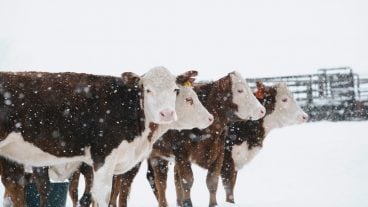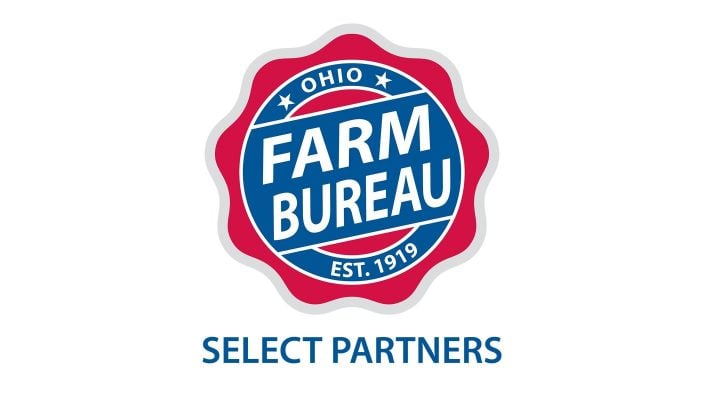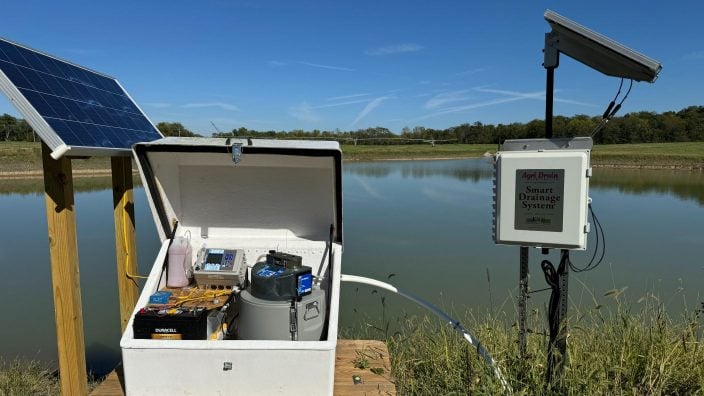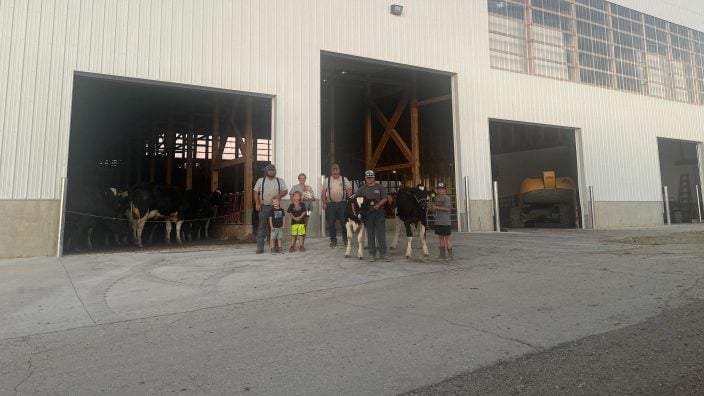Nationwide News: Protect your farm from severe winter weather hazards
Plan ahead, be attentive to changing weather and be ready to act when severe winter conditions endanger health and safety.
Read MoreThe following information is provided by Nationwide, the No. 1 farm and ranch insurer in the U.S.¹
What’s more dangerous: driving on a rural road or a congested city street? If you picked the latter, you’re not alone.
According to Nationwide’s 2024 Driving Behaviors Survey, less than 5% of survey respondents believe rural areas are more dangerous. However, the reality might surprise you.
2021 traffic safety facts:
“We conducted the survey to better understand the challenges impacting our customers and agents, and learn how we can better support them,” said Nationwide Senior Associate Vice President for Agribusiness Risk Management Laramie Sandquist.
The survey revealed, in fact, that rural roads pose unique and often underestimated dangers for drivers, and in many respects, they can be more hazardous than urban roads. Whether you’re a co-op driver delivering grain, a farmer transporting livestock, or a rural resident commuting to town, it’s crucial to know and respect the risks associated with rural driving.
The Federal Highway Administration attributes the higher fatality rate on rural roads to various factors, including:
“While there are many causes of rural road accidents, staying distraction-free is key,” Sandquist said. “Our survey finds one-third of commercial drivers admit they sometimes or often feel distracted behind the wheel. That’s why we created the Drive the 5 safety program to help transform driving behavior.”
If you’re new to a rural area, plan your route ahead of time. That way, you can know what to expect on the road. Even if you do plan ahead, staying alert is the best way to prevent accidents on the road. The use of cell phones and other electronic distractions such as GPS navigation systems, work-related texts and social media activity are major causes of driver distraction.
They’re big reasons why Nationwide advocates for hands-free legislation and distracted driving laws around the country.
“Driver error, distracted driving and fatigue are among the leading causes for accidents on rural roads. That’s why knowing the hazards of the environment around you, causes of distracted driving and how to avoid them is so important to us at Nationwide,” Sandquist said.
Geared for drivers in the agriculture, food and fuel sectors, Nationwide’s Drive the 5 program guides drivers through five key principles of road safety and offers essential safety training to help improve driver behavior.
Drive the 5 principles
D: Distraction free
R: Rested and alert
I: Impairment free
V: Vehicle maintained
E: Environment aware
[1] *A.M. Best Market Share Report 2023. Nationwide, the Nationwide N and Eagle, and Nationwide is on your side are service marks of Nationwide Mutual Insurance Company. © 2024 Nationwide.


Plan ahead, be attentive to changing weather and be ready to act when severe winter conditions endanger health and safety.
Read More

Nationwide’s Grain Bin Safety campaign expands its reach, delivering grain rescue tubes and training to 62 fire departments in 2025.
Read More

Ohio Farm Bureau Select Partners is an insurance and financial services preferred partnership program for Ohio’s agricultural community.
Read More

For more information or to sign up for weather alerts, farm policyholders should contact their Nationwide agent or visit ofb.ag/nationwideweatheralert.
Read More

What if farmers could harness the moisture that falls during the winter season and use it when their crops are lacking water during the growing season — all with the touch of a button.
Read More

Is your property and pocketbook ready for what Mother Nature has in store?
Read More

Learn more about the Health Benefits Plan as well as new options coming for farm families, plus, get propane handling safety tips from Nationwide.
Read More

By understanding the dangers and taking these precautions, farmers can safely harness the power of propane.
Read More

Ohio Farm Bureau’s Heritage Partner Nationwide teams up with leading agtech companies to offer innovative protection solutions that can help reduce losses and boost productivity.
Read More

The cows are back home, and the Comp family was able to rebuild their business with the help of their Nationwide insurance coverage.
Read More